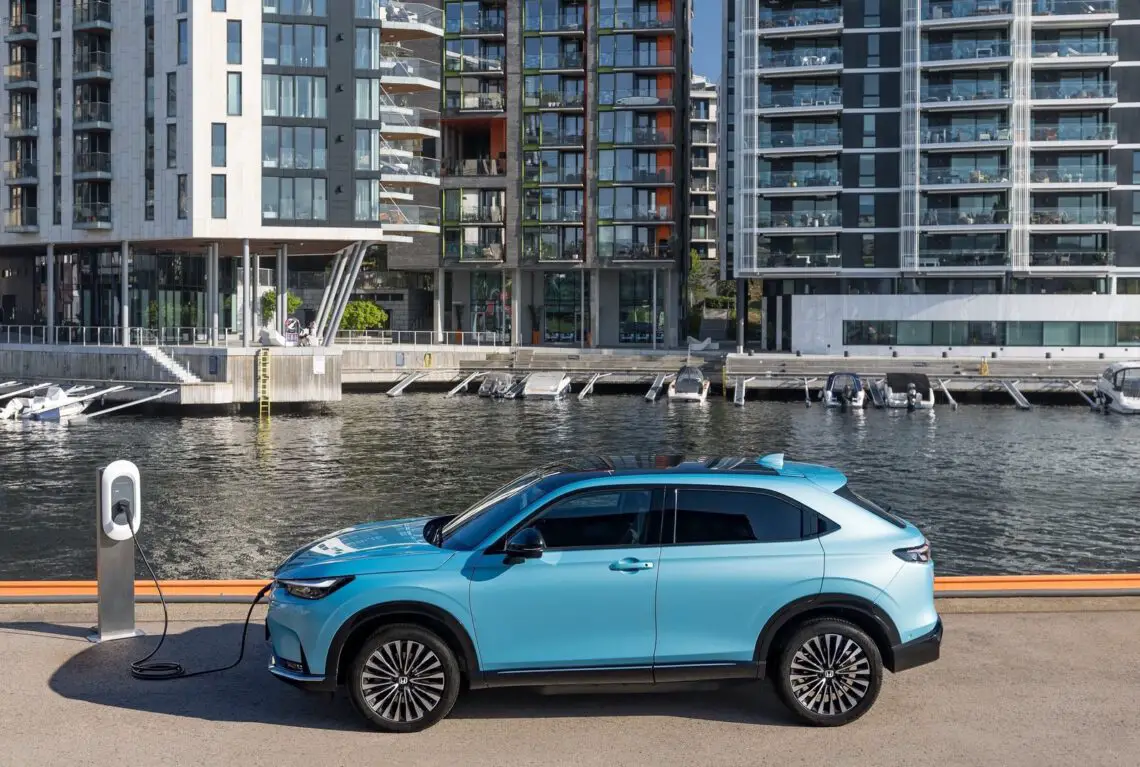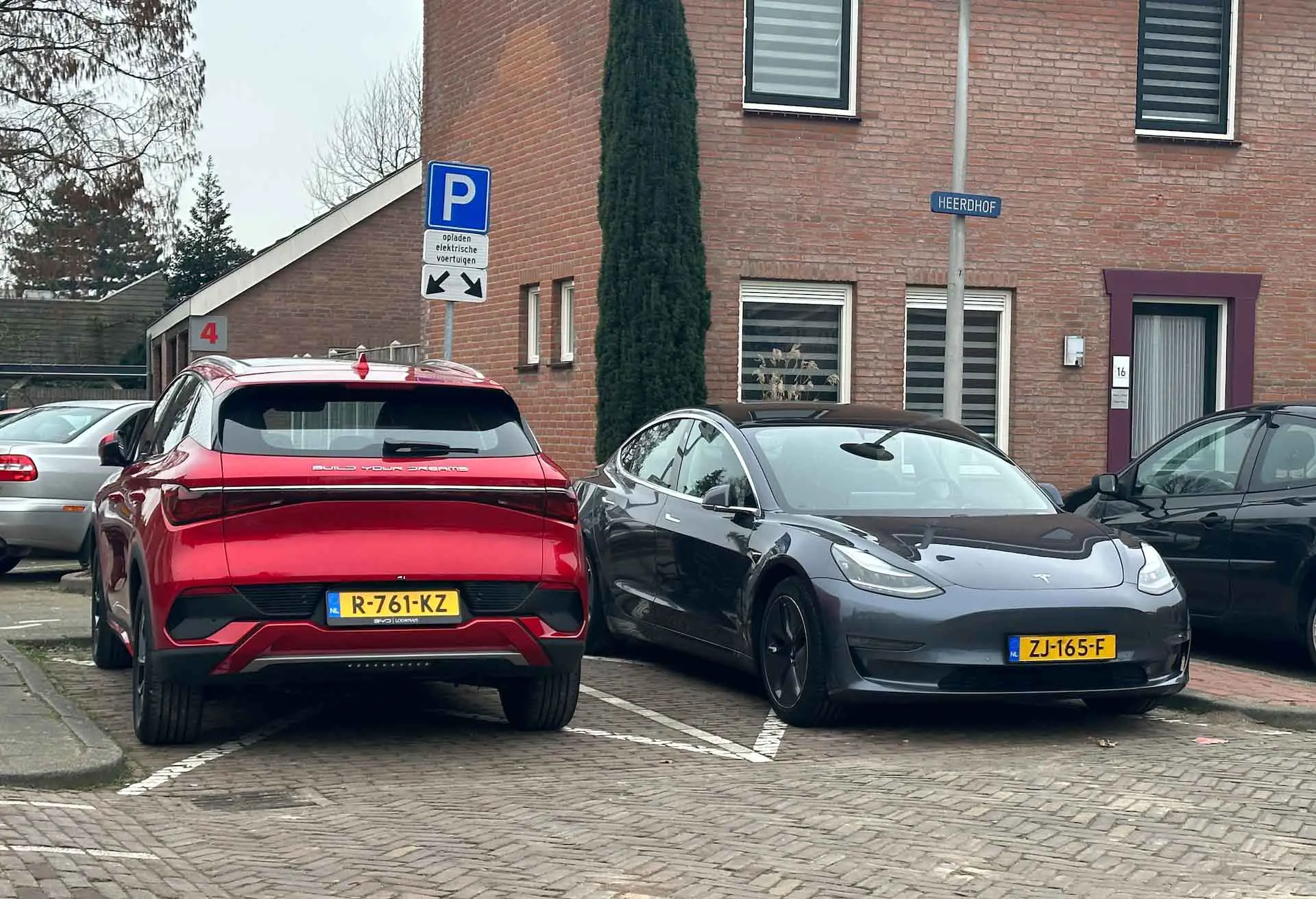More and more EVs, but the grid is full, now what?
Serious consequences
Minister Jetten, says: “Households and businesses are becoming more sustainable at record speed. This is good news, but also puts enormous pressure on our power grid. Despite the substantial investments made by the grid operators and previous measures, the power grid is reaching its limits in more and more places. Without intervention, this has serious consequences for our sustainable ambitions and economy. That is why we are now taking new measures that go off the beaten track, to accelerate the expansion of the power grid and create more space.”
New measures
The government and the grid operators are forced to take measures to ensure that sufficient space remains in the future for housing construction, economic development and the sustainability of households, mobility and businesses. The measures are aimed at expanding the power grid faster, making better use of current space on the grid and shifting the demand for electricity outside peak hours.
“Without intervention, the power grid in Utrecht, Gelderland and Flevoland will be overloaded at peak times starting in 2026.”
Building faster
“The grid operators are doing everything they can to expand the electricity grid as quickly as possible. The annual investments will double in the near future from 4 billion to 8 billion euros annually from 2025. But despite the hefty investments, demand for space is growing faster than grid expansions. The government therefore wants to accelerate the expansions. In part by proactively ensuring that land is available for the construction of the electricity grid and by shortening legal procedures and licensing. For example, by designating certain grid expansions as ‘substantial social interest’ to potentially shorten the procedure by 1.5 years.” according to Rijksoverheid.

Better utilization of power grid
“The power grid is full only during peak times, when many businesses and households use a lot of electricity at the same time. For example, between 4 and 8 p.m. in the evening. There is still a lot of untapped potential with reducing the peaks with congestion management. This involves grid operators signing contracts with large consumers to temporarily use less electricity at peak times when necessary. This allows more companies to be connected. This approach is now being improved by network operators and regulator ACM and made more attractive for companies to participate in. In addition, a participation obligation is being further developed. This means that large consumers who use a lot of electricity make an offer to the grid operator at what price they purchase a certain amount of electricity less during peak times.”
In addition, starting in 2024, the cabinet and grid operators want to proactively start auctions (flexibility tenders) that allow companies such as a battery operator, to offer space on the grid for a longer period of time at strategic locations during peak moments.
Energy Hubs
The Cabinet is making 166 million euros available for the promotion of energy hubs. In doing so, companies locally coordinate their electricity supply and demand, reducing the amount of space needed on the grid. It will additionally become possible in 2024 for companies to share available space on the grid with each other through group contracts. This allows a company to use space on the power grid that another company does not need at that time.
Smart, controllable heat pumps and charging stations
In households, smart, controllable heat pumps and charging stations will become the norm in the future. This will reduce the load on the power grid at peak times and leave plenty of room for making homes more sustainable. To this end, the government is committed to developing new standards and certification. For public charging stations, flexible charging will become a standard part of contracts with municipalities.
Smart EV also plays a role
The “smart” EV also plays an important role in all future plans. A battery-electric car sometimes has the ability to act as a large power bank for a household. The energy used in a household then comes from a car’s battery pack. In this way, too, the power grid can be relieved.

